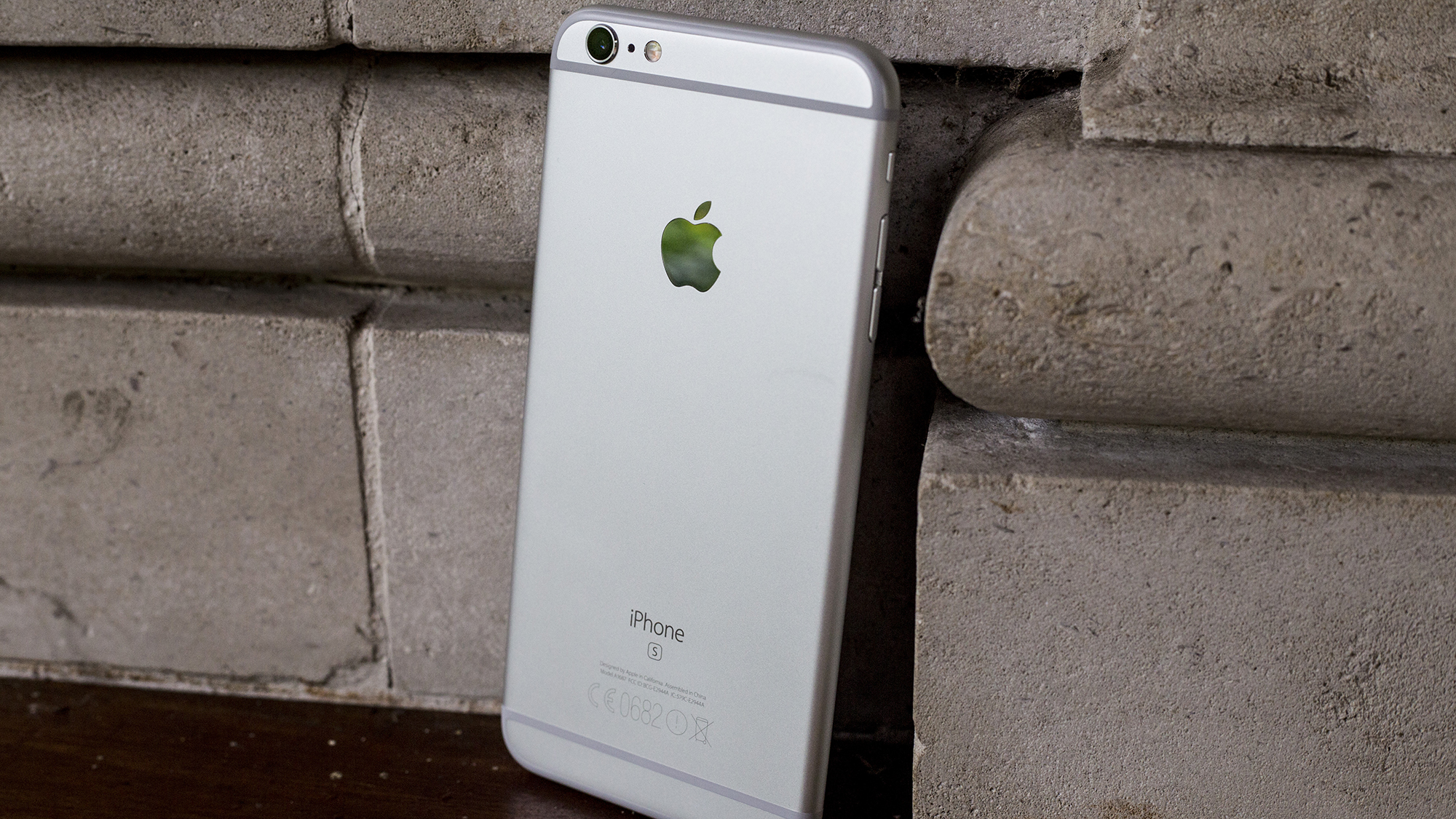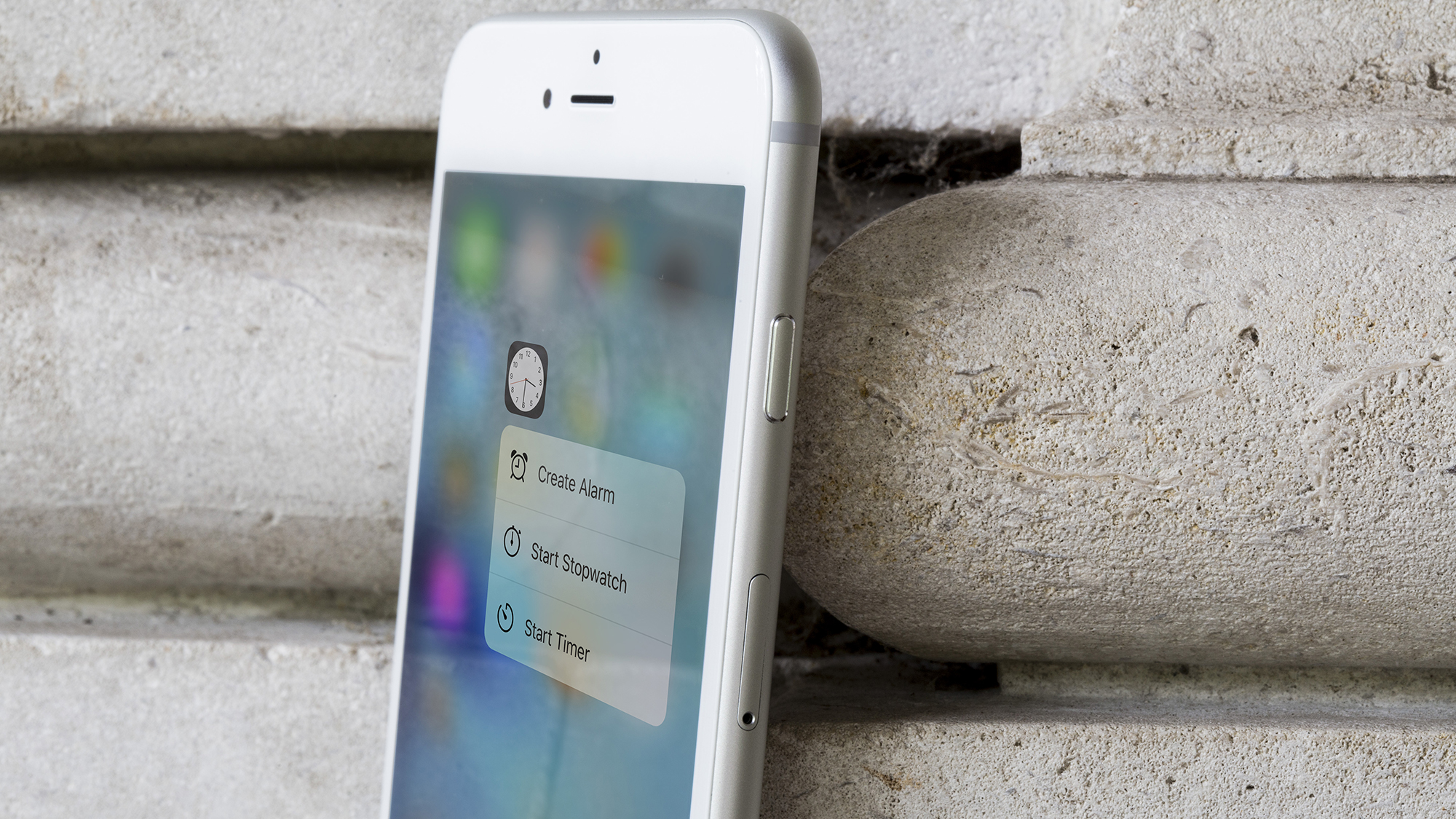iPhone 6s Plus review: is the 2015 device worth buying?
Don't be fooled by its age, this is still an impressive device
If you're planning to upgrade from an older iPhone but want to avoid splashing the cash on a brand new iPhone 8, the iPhone 6s Plus is a solid option that still has good performance and an excellent camera at a much more wallet-friendly price.
-
+
3D Touch works well and is surprisingly useful; Fast performance; High quality camera; Sturdy build
-
-
Slightly underwhelming battery life
Following the release of this year's iPhone 8, iPhone 8 Plus and iPhone X, some people have been looking to upgrade to an older Apple device. This doesn't mean they're not excited about Face ID, but while the iPhoneX costs upwards of 1,000, you can usually find older models for less money.
If you're looking for an Apple device that won't cost the earth, the iPhone 6s Plus is well worth considering. Although it's two years old, it's still a very capable and well-designed phone, and it's perfectly able to keep pace with newer, more modern rivals like the Samsung Galaxy S8.
We tested the 5.5in iPhone 6s Plus. In this review, almost everything you read will apply to the smaller 4.7in iPhone 6s with only a few exceptions. The iPhone 6s has a lower capacity battery and a lower resolution screen which is smaller and easier to hold. Furthermore, the device also lacks optical image stabilisation in its camera.
Design
Now that the smartphone market has gravitated towards larger devices, the 5.5in iPhone 6s Plus no longer looks quite as gigantic as it did when it first launched. That doesn't make it a small phone though; although the screen size is matched by a lot of devices, the 6s Plus has much larger bezels than most other phones, which gives it a much larger footprint.

Like all Apple's s-class iPhone, the 6s Plus is visually near-identical to the iPhone 6 Plus, with a rounded aluminium chassis and smooth, clean lines. It's fronted with an Ion-X glass panel, rather than the more common Gorilla Glass, and is available in silver, gold, rose gold and Space Grey.
It's an attractive phone - if not particularly eye-catching - and hasn't aged particularly in the two years since its launch. As with most of Apple's iPhones, it's still a looker.
Display
The 6s Plus' 5.5in screen features a 1,920 x 1,080 resolution, meaning it looks sharper than its smaller stablemate. While we prefer the higher-resolution displays seen on rival devices from Samsung and other manufacturers, a 1080p display is perfectly sufficient and we've got no complaints with it.
On top of that, the display's actual quality is excellent. With a blazing maximum brightness of 584cd/m2 and covering 91.3% of the sRGB colour gamut, the screen is still superb. It's not quite as good as the Galaxy S8's AMOLED panel, but contrast is great and colours are rich and accurate.
Performance and battery life
Despite having 'only' dual-core processors, the iPhone 6 Plus (and indeed the 5s and, to a certain extent, even the aging iPhone 5) has never had any trouble running the very latest, most demanding apps. The 1.4GHz A8 processor from last year has been replaced with a 1.8GHz A9 processor, and RAM has been boosted too from 1GB to 2GB.

Although there were negligible improvements in JavaScript rendering performance, it was around twice as fast as the 6 Plus's A8 in running our 3D graphics benchmark (which relies on OpenGL rather than Metal) and around 50% faster than its predecessor when running multithreaded apps that make use of both cores.
Despite its age, the 6s Plus can still very much keep up with the current crop of flagships. It's dwarfed by newer iPhones in the performance stakes, but compared to the Galaxy S8 and other Android devices, it's more or less matching them.
Battery life is serviceable, without being particularly impressive. The 6s Plus clocked in at 14hrs 58mins in our battery tests, which is more than three and a half hours more than the regular 6s. However, Android flagships like the S8 Plus can comfortably rack up more than 20 hours, so it's not exactly setting any records.
Get the ITPro daily newsletter
Sign up today and you will receive a free copy of our Future Focus 2025 report - the leading guidance on AI, cybersecurity and other IT challenges as per 700+ senior executives
Adam Shepherd has been a technology journalist since 2015, covering everything from cloud storage and security, to smartphones and servers. Over the course of his career, he’s seen the spread of 5G, the growing ubiquity of wireless devices, and the start of the connected revolution. He’s also been to more trade shows and technology conferences than he cares to count.
Adam is an avid follower of the latest hardware innovations, and he is never happier than when tinkering with complex network configurations, or exploring a new Linux distro. He was also previously a co-host on the ITPro Podcast, where he was often found ranting about his love of strange gadgets, his disdain for Windows Mobile, and everything in between.
You can find Adam tweeting about enterprise technology (or more often bad jokes) @AdamShepherUK.
-
 Westcon-Comstor and Vectra AI launch brace of new channel initiatives
Westcon-Comstor and Vectra AI launch brace of new channel initiativesNews Westcon-Comstor and Vectra AI have announced the launch of two new channel growth initiatives focused on the managed security service provider (MSSP) space and AWS Marketplace.
By Daniel Todd Published
-
 Third time lucky? Microsoft finally begins roll-out of controversial Recall feature
Third time lucky? Microsoft finally begins roll-out of controversial Recall featureNews The Windows Recall feature has been plagued by setbacks and backlash from security professionals
By Emma Woollacott Published
-
 The UK government wants quantum technology out of the lab and in the hands of enterprises
The UK government wants quantum technology out of the lab and in the hands of enterprisesNews The UK government has unveiled plans to invest £121 million in quantum computing projects in an effort to drive real-world applications and adoption rates.
By Emma Woollacott Published

